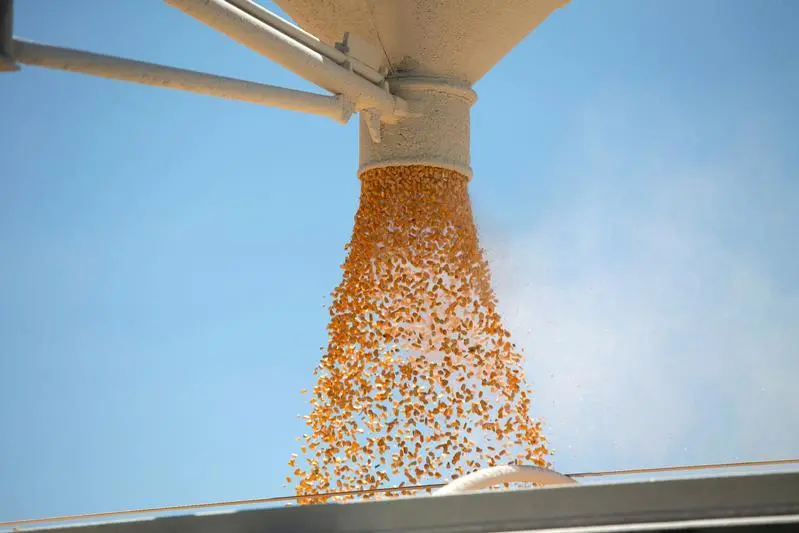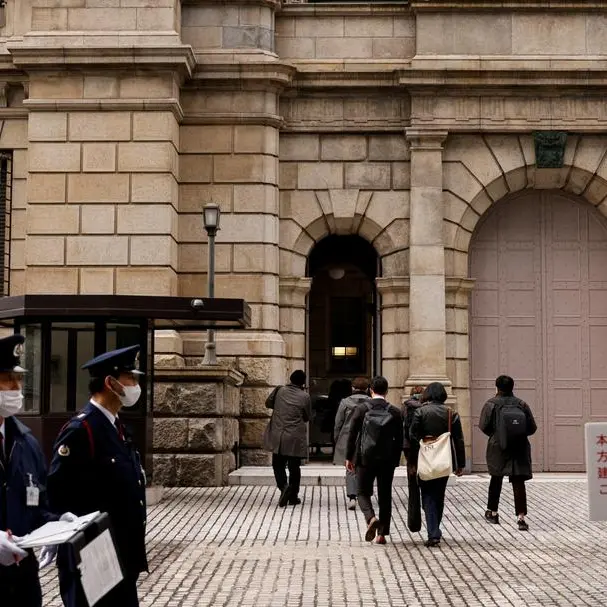PHOTO
(The opinions expressed here are those of the author, a market analyst for Reuters.)
FORT COLLINS, Colo.: Hot and dry weather across the U.S. Corn Belt had speculators covering more short positions in Chicago-traded grains and oilseeds last week, but Friday’s trade ended on a more bearish note as weather forecasts suggested relief is on the way.
In the week ended July 7, money managers reduced their net short position in CBOT corn futures and options to 141,741 contracts from 201,648 a week prior, according to data from the U.S. Commodity Futures Trading Commission.
Funds eliminated nearly 68,000 outright corn shorts during the week, the most since early June 2019. But unlike in the previous week, funds removed outright longs as well, about 8,000 of them.
Corn continued upward momentum through Thursday, though things flipped at the end of the week. On Friday morning, the U.S. Department of Agriculture confirmed that China had made its second-largest daily purchase of U.S. corn on record, the most in more than 25 years.
That failed to generate additional market optimism since weather models had turned favorably wetter for the U.S. Midwest, where crops had become parched amid a hot spell. U.S. President Donald Trump told reporters he is not thinking about a Phase 2 deal with China, news that the market took to be negative.
Most-active CBOT corn futures Cv1 fell 3.4% on Friday in their biggest daily percentage loss since October. The contract ended at $3.44-3/4 per bushel, still higher than any of the settlements during April, May or June.
Funds’ net selling of corn futures between Wednesday and Friday is estimated at 10,000 contracts.
SOY ON THE MOVE
Funds had one of their biggest surges of optimism in the soy complex through July 7, buying nearly 81,000 combined futures and options contracts on the net, ranking 10th of all time in records back to 2006.
Investors lifted their net long position in CBOT soybean futures and options to 99,243 contracts from 67,836 a week earlier. The new position is their most bullish since May 29, 2018, right as trade tensions began to escalate between the United States and China.
The move was almost evenly split between the addition of new longs and the removal of shorts, though a slight advantage went to the latter.
The improving U.S. weather forecast and Trump’s comment about China also did not sit well with soybean traders on Friday, and the most-active contract Sv1 fell 1.2%. Commodity funds were pegged as net sellers over the last three sessions. China’s agriculture ministry on Friday raised its estimates for soybean and corn imports for the current marketing year based on an increase in U.S. purchases in fulfillment of the Phase 1 deal. However, U.S. exports of soybeans to the world’s top buyer were historically slow in the first half of 2020.
The recent optimism in soybeans encouraged funds to shed shorts in the soy products last week, particularly in soybean meal. Through July 7, money managers slashed their net short in soymeal to 21,910 futures and options contracts from 52,497 a week earlier.
They also extended their net long in soybean oil futures and options to 19,418 contracts from 847 in the prior week. But both meal and oil prices slipped late in the week, and funds are estimated to have been net sellers over the last three sessions.
Despite recent moves in the soy products, speculators’ view on the CBOT oilshare, measuring soyoil’s share of value in the products, has not significantly changed in nearly two months. Funds were net long the oilshare by 41,328 futures and options contracts as of July 7, similar to prior weeks.
WHEAT TURNAROUND
Money managers trimmed their net short position in CBOT wheat futures and options to 33,529 contracts through July 7 from 38,812 in the previous week. Funds have not been bearish Chicago wheat at this time of year since 2016.
But wheat had a much different finish to the week than did corn and soybeans. Most-active futures Wv1 surged nearly 8% between Wednesday and Friday, among their best three-day stretches in recent memory.
Commodity funds were predicted to have been straight buyers of Chicago wheat futures during that time frame with a total of 30,500 contracts. If true, funds’ wheat position was nearly flat to end the week.
The U.S. Department of Agriculture on Friday projected a smaller U.S. wheat harvest than analysts expected, though tightening supplies worldwide had set the market on alert earlier in the week. China also booked 320,000 tonnes of U.S. wheat on Friday.
Money managers cut their net short in Kansas City wheat futures and options through July 7 to 32,672 contracts from 36,716 a week earlier. K.C. futures rose much more modestly than their Chicago counterpart late last week.
Minneapolis wheat was the only grain or oilseed that funds sold in the week ended July 7, slightly raising their net short to 18,109 futures and options contracts from 17,742 a week before.
(The opinions expressed here are those of the author, a market analyst for Reuters.)
(Editing by Matthew Lewis) ((karen.braun@thomsonreuters.com +1 (312) 408-8059 Reuters Messaging: karen.braun.thomsonreuters.net@reuters.com; Twitter: @kannbwx))












